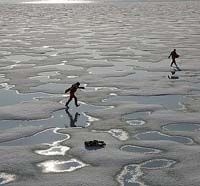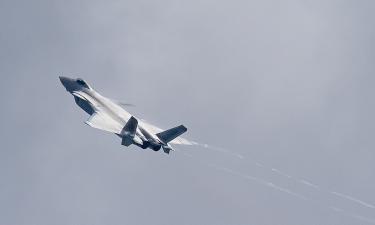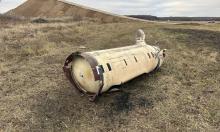Slowdown in Polar Ice Thawing
The Arctic's sea ice pack melt to its third-lowest summer level on record, up slightly from the seasonal melt of the past two years but continuing an overall decline characteristic of climate change, U.S. scientists reported on Thursday.

The range of ocean remaining frozen over the northern polar region reached its minimum extent for 2009 on September 12, when it covered 1.97 million square miles (5.1 million square km), and now appears to be growing again as the Arctic starts its annual cool-down, the National Snow and Ice Data Center reported.
That level falls 20 percent below the 30-year average minimum ice cover for the Arctic summer since satellites began measuring it in 1979, and 24 percent less than the 1979-2000 average, the Colorado-based government agency said.
The lowest point on record was reached in September 2007, and the 2009 minimum ranks as the third smallest behind last year's level. But scientists said they do not consider the slight upward fluctuation again this summer to be a recovery.
The difference was attributed to relatively cooler temperatures this summer compared with the two previous years. Winds also tended to disperse the ice pack over a larger region, scientists said.
The U.S. government findings were in line with measurements reported separately by the Nansen Environmental and Remote Sensing Center in Norway, which reported this summer's minimum ice extent at just under 5 million square km (1.93 million square miles).
Scientists regard the Arctic and its sea ice as among the most sensitive barometers of global warming because even small temperature changes make a huge difference.
World leaders will meet at the United Nations in New York on Tuesday to discuss a climate treaty due to be agreed on in December, according to Reuters' report.
Subscribe to Pravda.Ru Telegram channel, Facebook, RSS!




